FIA introduces tougher flexi-wing tests for Chinese GP
After observing teams in Australia, the FIA took swift action, tightening rear wing deflection tests for the Chinese GP. The move accelerates enforcement, targeting flexi-wing designs for fairness
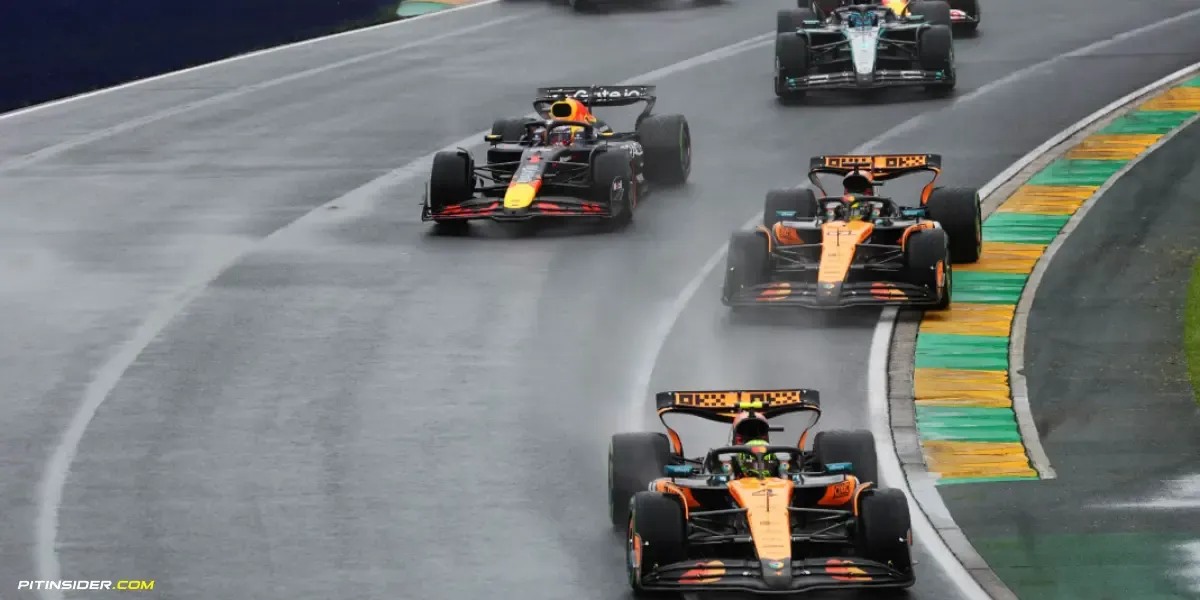
The FIA has announced a significant tightening of rear wing deflection tests ahead of the Chinese Grand Prix.
This technical directive aims to eliminate flexible aerodynamic solutions that may be pushing regulatory boundaries, particularly those giving teams straight-line speed advantages on high-speed circuits.
What's Changing?
Under the previous regulations, teams were permitted a slot gap variation of up to 2mm when subjected to a 75kg load test.
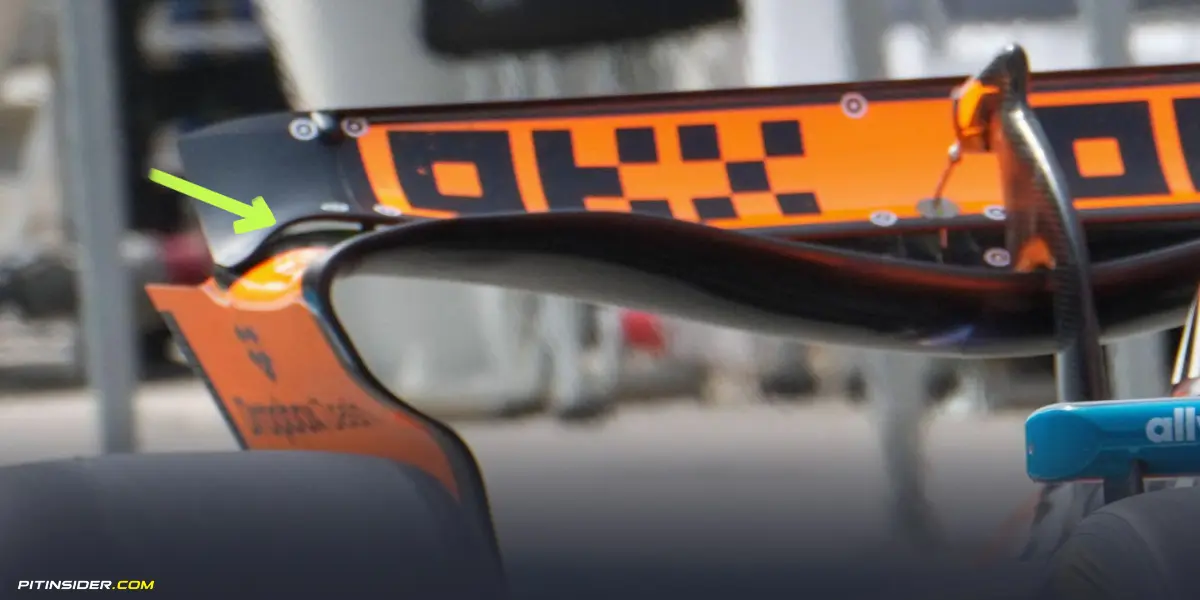
The FIA has now drastically reduced this allowance to just 0.5mm, making it substantially harder for teams to design wings that flex under aerodynamic load while still passing static tests.
The governing body's decision stems from data collected at the Australian Grand Prix.
Officials requested teams use cameras during practice sessions to monitor on-track deformations, and after analyzing both footage and static deflection measurements, determined that stricter controls were necessary.
FIA Statement: "Having analyzed footage from the rear wing deformations combined to the static deflections measured inside the FIA garage in Melbourne, the FIA has concluded that sufficient grounds exist for a tougher test."
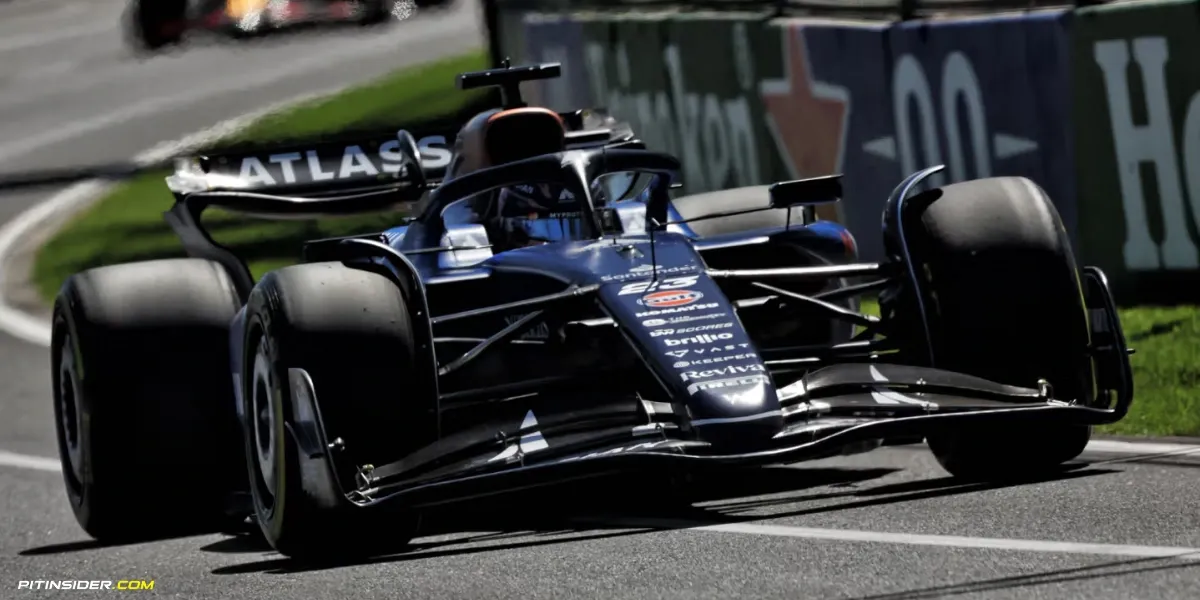
Due to the short notice, the FIA has included a 0.25mm tolerance for this weekend's race, giving teams a brief adjustment period to comply with the new standards.
Why this matters for teams
Rear wing flexibility has been a topic of debate in Formula 1 for years.
While all components must pass FIA's static load tests, teams have often developed ways to create subtle flexibility in their wings to reduce drag on straights while maintaining high downforce in corners.
By stiffening the deflection tests, the FIA is essentially forcing teams to build more rigid rear wings, which could result in:

- Less straight-line speed for teams that were relying on flexible wing designs.
- Higher drag levels, potentially leading to performance losses on circuits with long straights, such as Shanghai.
- Increased focus on alternative aero solutions, such as beam wing adjustments or modified DRS flaps.
Who will be affected the most?
While it is unclear which teams were directly benefiting from flexible rear wings, several will be closely monitoring the changes:
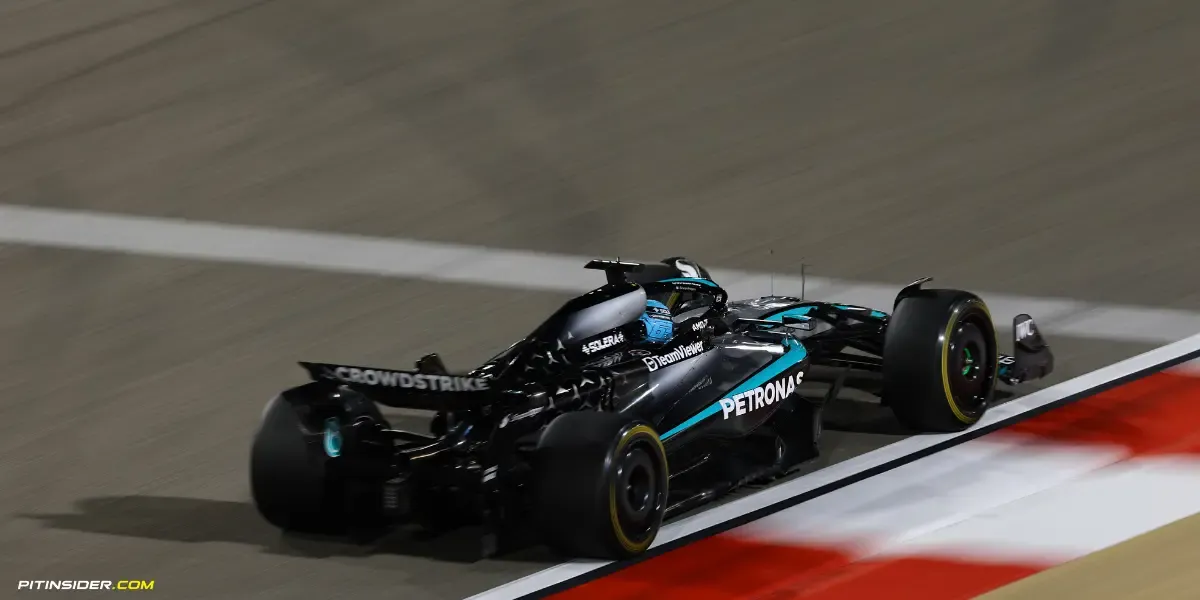
- McLaren appears most likely to be affected, having been suspected of utilizing a "mini-DRS" effect with their rear wing design, potentially contributing to their strong performance in Australia.
- Mercedes has also shown signs of rear wing movement that might fall under increased scrutiny with the new tests. Their recent performance improvements could be partially linked to aerodynamic innovations that may now require modification.
- Ferrari and Red Bull's situations remain less clear, though all teams will need to ensure compliance with the stricter measurement standards.

The FIA clarified that all cars were legal under previous testing parameters during the Australian Grand Prix weekend.
Engineering Challenges
The sudden implementation presents significant engineering challenges. With a three-week gap between Australia and China, teams face a race against time to ensure their rear wings meet the new requirements.
This could lead to:
- Emergency redesigns of rear wings for compliance.
- Back-to-back testing of new solutions in the simulator before track testing.
- Potential performance losses, especially for teams that were heavily reliant on flexing elements.
Teams that have already built stiffer, more compliant wings will have an advantage, while others must make rapid adjustments to avoid penalties.
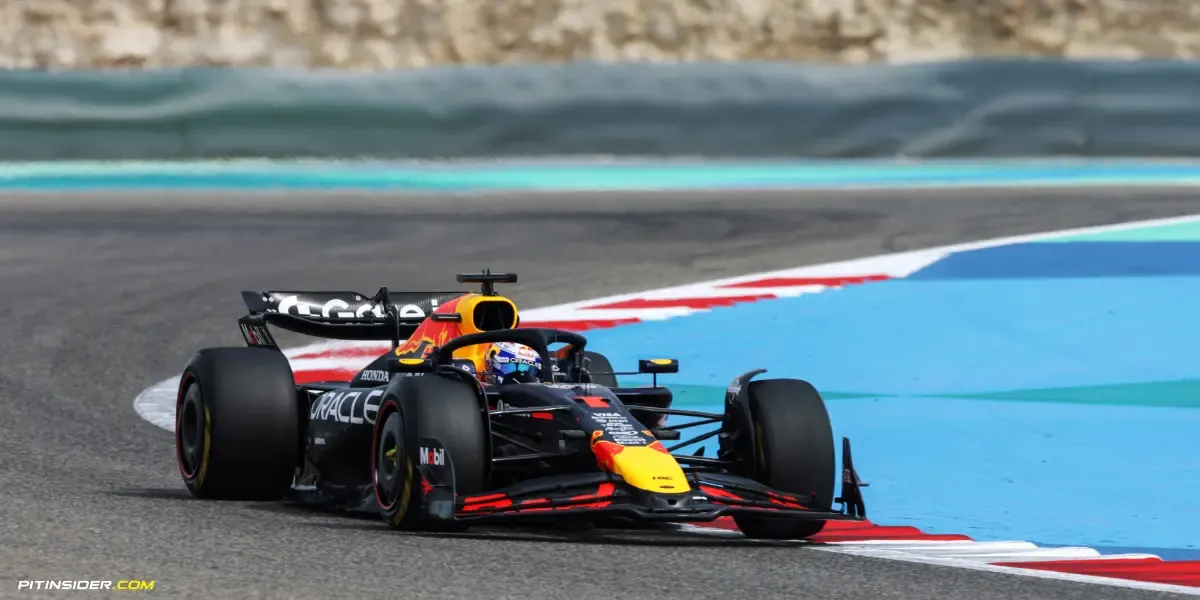
A Step Towards More Regulation?
This move by the FIA signals an increasing effort to regulate aerodynamic flexibility and ensure teams do not exploit unintended loopholes.
In the past, flexible wings have been a grey area, but with enhanced testing, the governing body is sending a clear message that any design aimed at bypassing static tests will not be tolerated.
This change could be the first of many tighter aerodynamic regulations as Formula 1 looks to maintain fairness and reduce development costs associated with constantly evolving wing designs.
What to Expect in China
As the Chinese Grand Prix marks the return of Formula 1 to Shanghai after a five-year absence, this new directive could be a game-changer in shaping the competitive order.
Teams will need to balance their setups carefully, and the impact of these changes may not be fully understood until qualifying and race day.


Comments ()